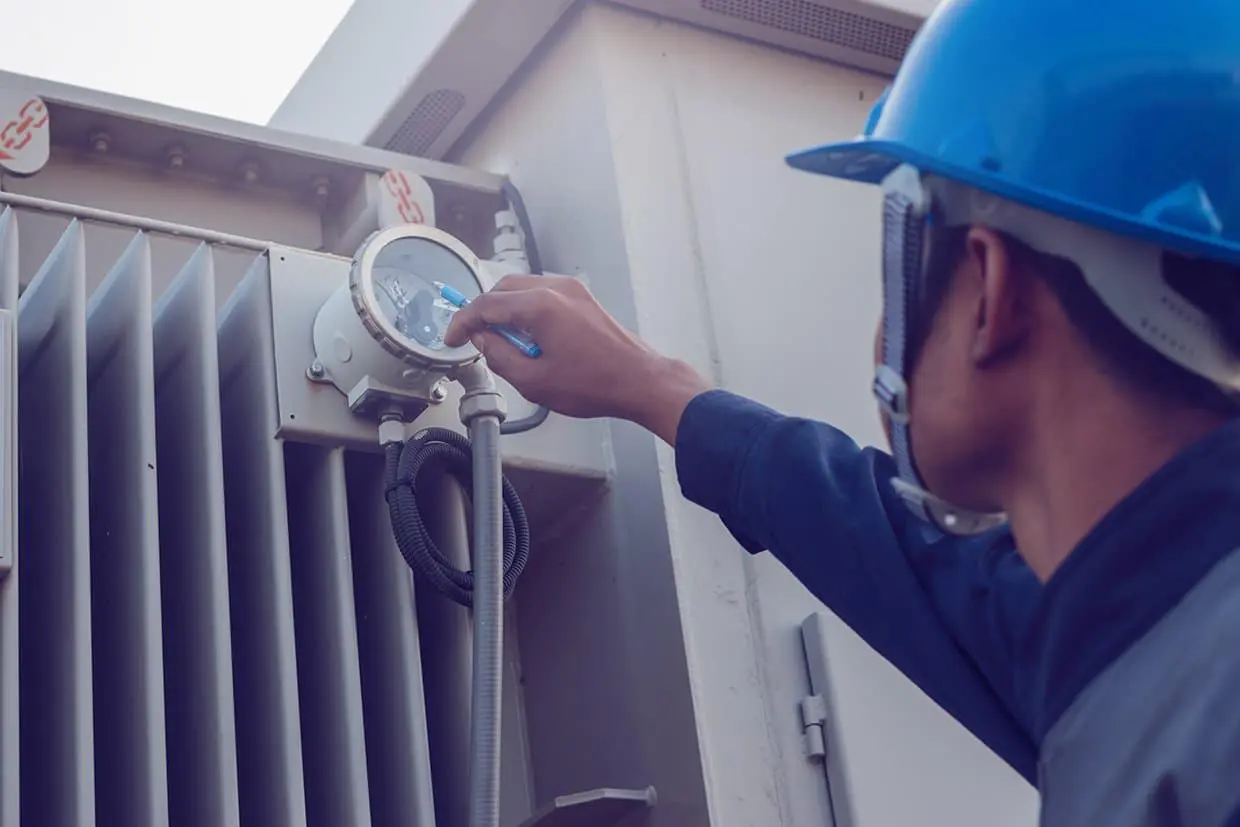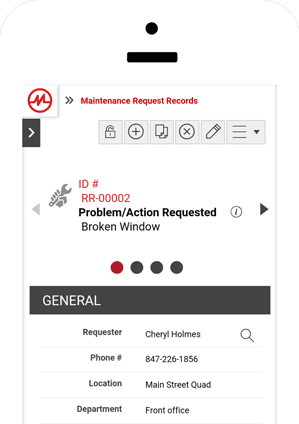Last time, we shared Matt’s story about getting to a 100% preventive maintenance task completion rate.
After he succeeded, however, Matt realized he need more information to get the full picture of his team’s productivity. When he looked at his reports, downtime had decreased, but not as much as he thought it would.
With his new MPulse Preventive Maintenance Program, Matt started tracking other data so he could spot issues that may be affecting downtime.
Preventive Maintenance Metric: PM Tasks Completed on Time
Matt’s original metric simply measured whether or not a PM task was completed. But it didn’t show if that task was completed on time.
If Matt’s team completed 50 PM tasks in a month, and 15 of those tasks were completed late (but within the same month), his PM completion rate would be 100%. But downtime could still be an issue.
Maintenance benchmarks usually aim for PM tasks to be completed within 10% of the scheduled PM interval.
So in Matt’s case, if a monthly PM task was completed within 3 days of the due date, it would be on time. A quarterly PM task should be completed within 9 days of the due date, etc. And you don’t get extra points for doing tasks too early either, because that can be just as problematic.
This approach helps the maintenance team keep the scheduled PM intervals consistent, which in turn improves reliability.
Calculating PM Completion Statistics
Calculating the on time PM Completion metric is simply dividing the number of on-time PM tasks by the total number of PM tasks.
So in Matt’s case, if 35 tasks out of 50 were completed on time, his PM Completed on Time rate would be 70%.
And that metric does affect the rate of breakdowns.
As a simple example, if Matt’s team added lubricate to assets late (or early) 30% of the time, that in turn means those assets may be running inefficiently 30% of the time, which calculates out to about 1.5 out of 5 unexpected breakdowns per month.
By using the PM Completed on Time metric and comparing to unexpected breakdowns and costs, Matt could see he needed to make some more adjustments.
“We had to prioritize our tasks differently,” he said. “For example, our inspections were typically performed late. Doing them on time would have helped us spot problems before they became more serious.”
Matt wanted his PM Completed on Time rate to be closer to 80-90%. Using his MPulse reports, he found unexpected repairs trended downwards as his PM Completed on Time metric moved upwards.
“It’s data I didn’t have before,” Matt said. “And I certainly wouldn’t have this information without our CMMS software.”
What maintenance metrics do you find helpful? Contact us with questions.


